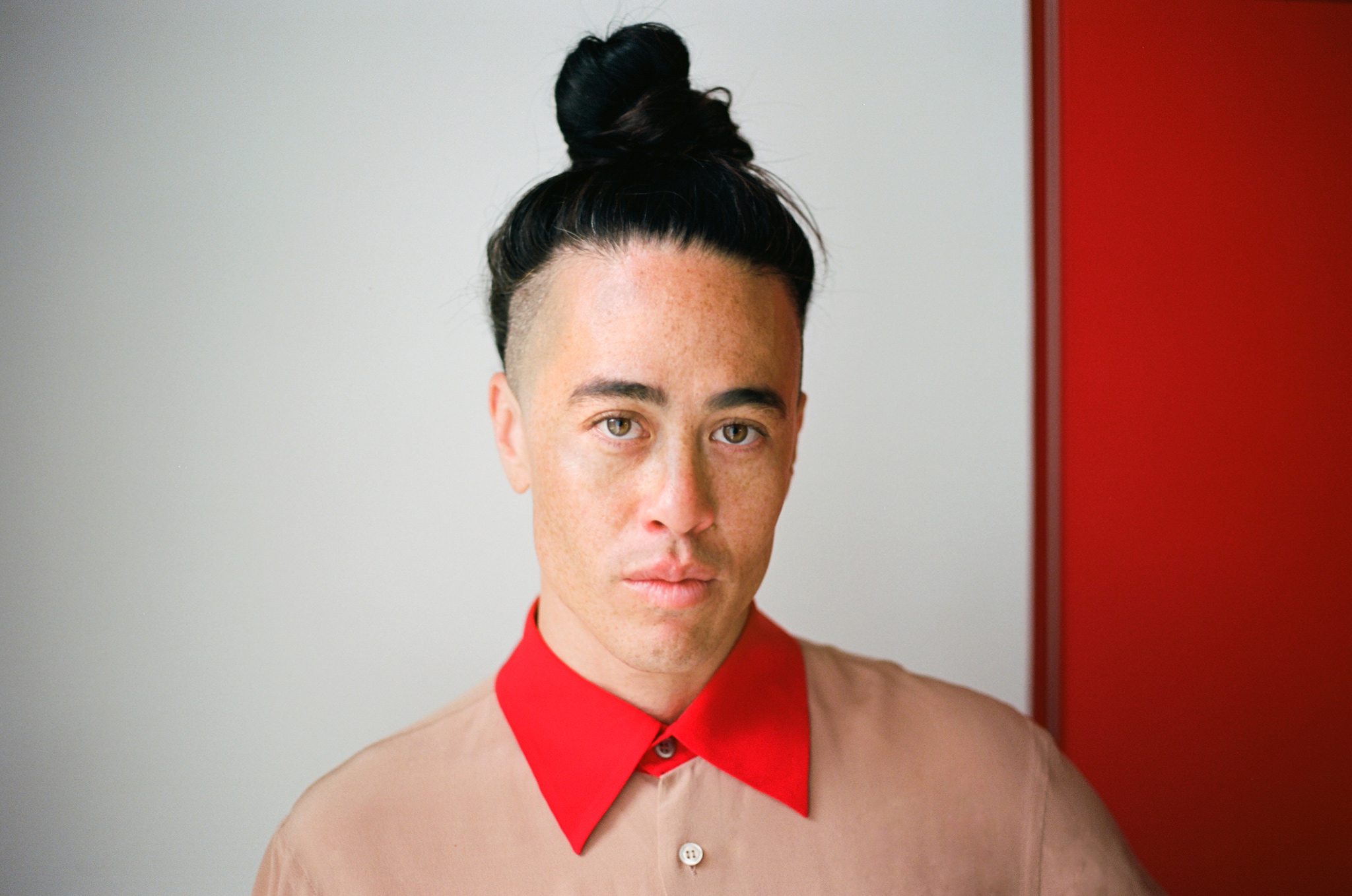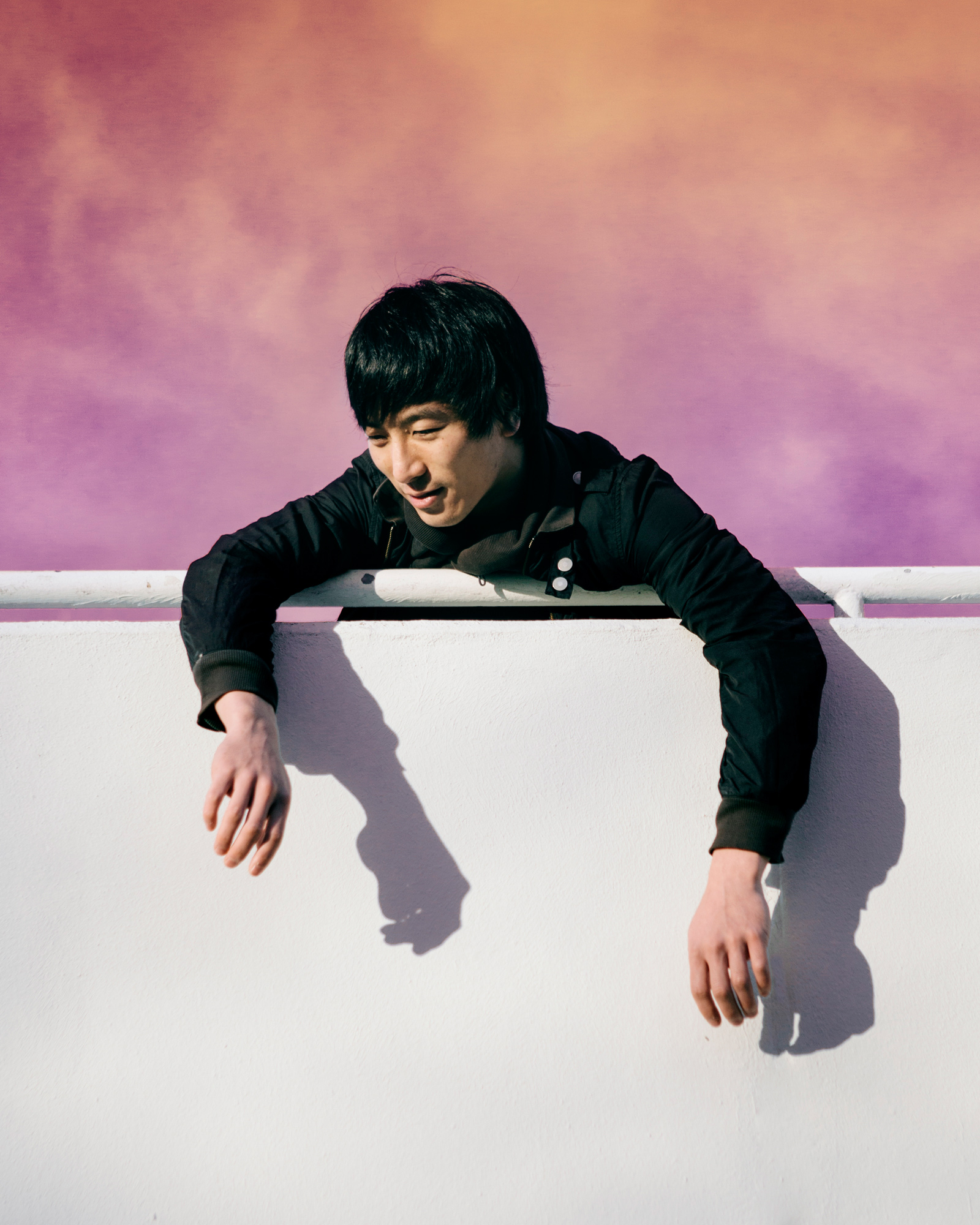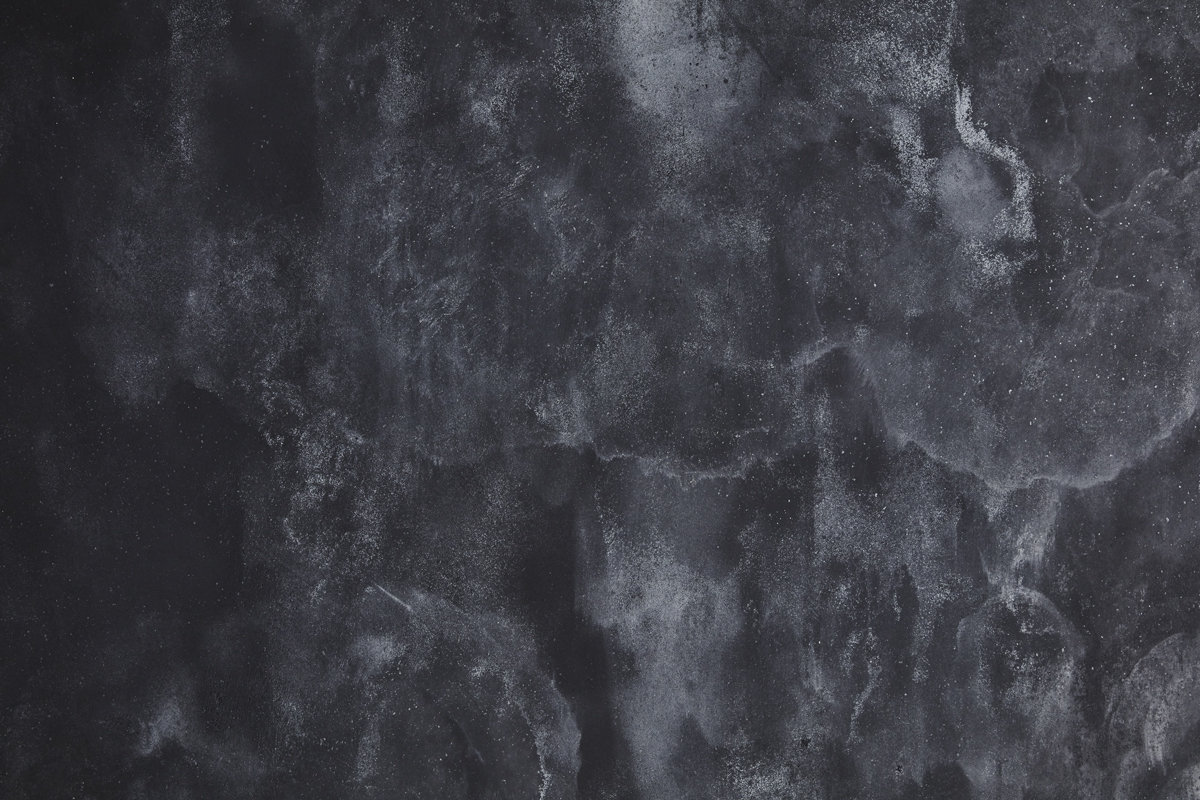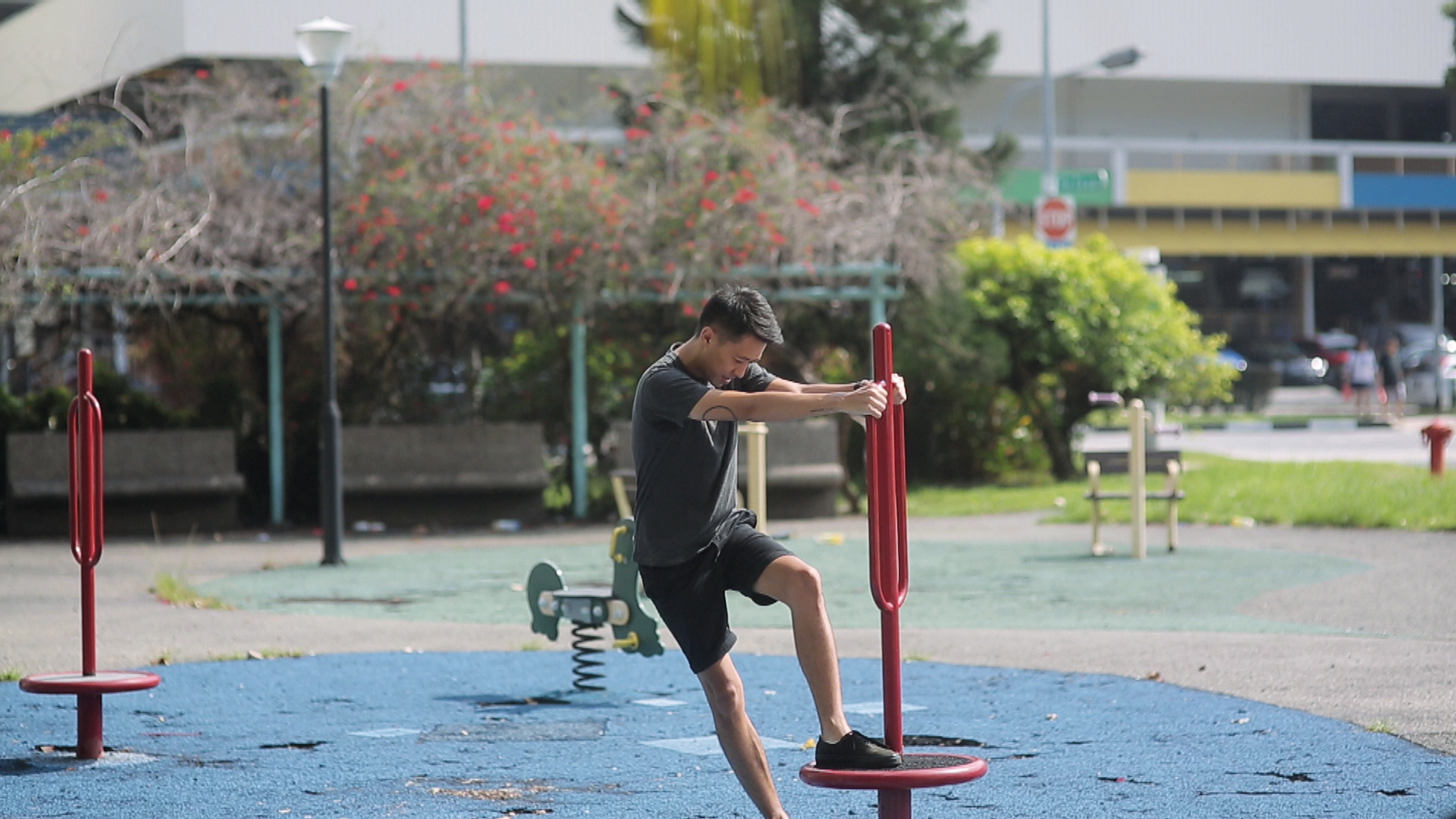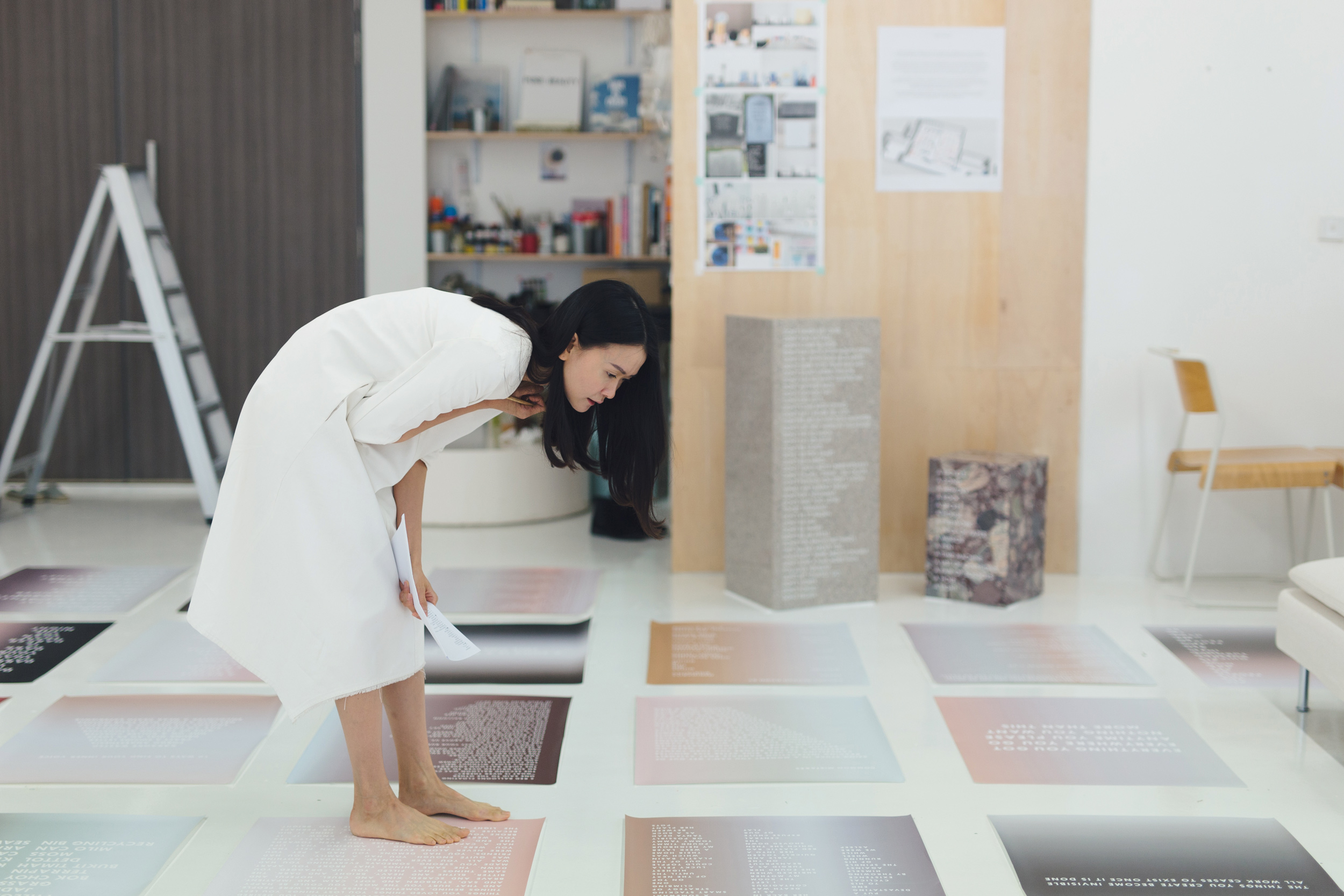Born in London and growing up trans-continentally between the UK and Singapore before eventually settling in the latter, Zai Tang’s rich and varied formative experiences tells the story of a creative who inhabits the spirit of imagination.
During his time in the UK, Tang developed a passion for music through access to pirate radio, record shops, rave tape packs and bedroom DJ culture. Eventually, he started making his own music using technologies like the Playstation, deepening his connection to music as a creative avenue. While he went on to study Creative Music Technology at the tertiary level, Tang never really severed ties with the visual as a medium, often experimenting with the combination of sight and sound throughout the years, while lead to a master’s degree in Digital Arts.
Tang’s work to be exhibited at the Singapore Biennale 2019 examines our complex relationship with nature, vis-à-vis state instrumentation and otherness. Ahead of his showing, we caught up with Zai Tang to discuss his creative methods, and delved deeper into his upcoming work.
When we think of art, we often associate it with visuals. However, your work heavily emphasises the aural. Tell us more about how that idea came about and how you fashioned it into a common thread throughout your oeuvre.
This primarily grew out of my practice of field recording. Engaging with places through listening and recording enriched my lived experience; it became a means of fine tuning my awareness on an affectual level.
Essentially, the reason I came to emphasise the aural as the foundation of my work is due to how much I value listening as a practice. These days, I see the visual as a way to open up listening; a way to help the listener navigate their aural experience and form deeper connections to what they’re listening to, through a kind of synaesthetic perception.
As someone who works on producing music outside of your work in the arts, do your external collaborations feed into your work or do you keep them distinct and separate?
In most of my collaborative work—whether composing or sound designing for dance, theatre, film, animation, etc—I do still see as being one within the arts. I view all the strands of my practice as interlinked. Working with sound or music in these contexts is about shaping the perceptual and affectual realities of what is being experienced, which has strong parallels to how I think about sound in my solo works too. In a way, I understand it all as a kind of phenomenological practice of sculpting conscious experience through sound. Each collaboration provides a different framework through which I can develop—and more importantly, challenge—how I think and work with a medium I am very close to.
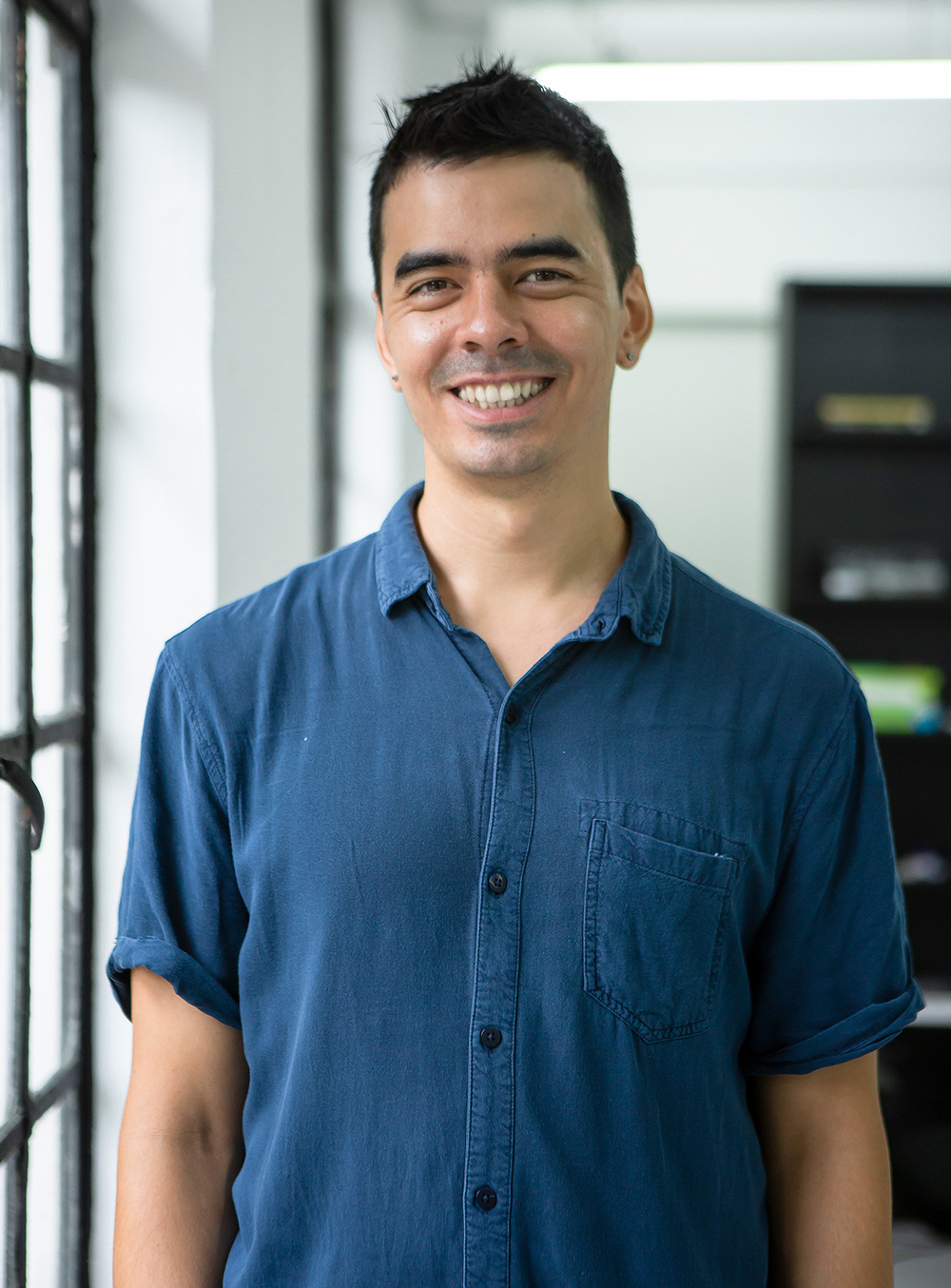
With that being said, what inspires you to create? Are you inspired by specific sounds or do you start with a specific idea and incorporate sounds into it?
My works in recent years have been very centred on [Singaporean] places: Bukit Brown, the Rail Corridor, MacRitchie, and now Mandai (where the “rejuvenation project” is taking place). I have been interested in responding to wildlife-rich sites that have been in some ways threatened by urban or infrastructural developments and capital. To develop ideas for a work, I do several things at the same time, but primarily I connect to a place via listening. Making field recordings is often my first step.
Theoretical research is important to me too; I have enjoyed engaging with the discourse around the Anthropocene, and delving into phenomenological theories and metaphysics, to begin to address this question, “What does it mean to listen (and connect to) the other that is nature, in a time of ecological crisis and mass extinction?” I tend to extend and broaden my research throughout the process of making a work, rather than conduct all the research at the beginning.
And so, I will often begin to flesh out a conceptual framework as the research and field recording trips culminate. Later on, when it comes to selecting and working with the material itself, I search for what best serves the idea. During the process of composition however, I do leave room for the material itself to suggest directions—leaving room for the intuitive and improvisational is important to me; forming a counter balance against a more formal and analytical approach. Essentially, I don’t like foregone conclusions!
"If we ditch the idea of nature as “other” and start to conceive of ourselves as part of a wider assemblage of life, then the gap between the human and the nonhuman will start to shrink."Zai Tang
Could you tell us about the inspiration for your work (which is going to be presented
during the Singapore Biennale)?
I’m in the process of creating two new works for the biennale this year, which are the
latest in a series named Escape Velocity (III & IV). Shortened as EV III and IV, they
continue the thread of the first two, positioning themselves against the momentum of
modernity and anthropocentrism.
The new works comprise of field recordings made around the Mandai rejuvenation
project area, and the nearby forests and parks south of the development itself. EV III
situates itself within the tensions between the idea of nature as a thing-in-itself—from
the ontological point of view—and nature as it is valued, appropriated, and mobilised
by Singapore as well as through capital. It looks at this particular development as the
point of departure, and does so within the wider context of our current ecological
crisis.
Like I did in EV I (2018), I am responding to these field recordings with drawings and
visual scores, using mark-making as a way to translate the sonorous expressions of
these creatures into visual form. I see this as a speculative gesture which attempts to
honour the ontological richness of these sounds and the creatures which created
them.
In contrast, I am also developing approaches that can best capture the idea of nature
as it is conceived and made use of by the Singaporean state. The duality in
approaches will be set in motion against one another in the installation space.
EV IV will be a more futuristic piece of work exploring approaches to the act of
attuning through listening. I am working together with my long time collaborator
Simon Ball, a visual artist and animator, on an animation to explore visualisations of
my soundscape recordings. As I previously mentioned, the image here serves to
help the audience tune in to expressions of the sounds by these other creatures.
Through the simple act of engaging our ears, we start to form deeper connections
with these other beings and ourselves. I build on the premise that there is agency,
creativity and experiential realities in the natural world that are just as valid as ours,
and that in this time, finding ways to access these nonhuman realities may help us
imagine more cohesive, entangled relationships with our estranged kin.
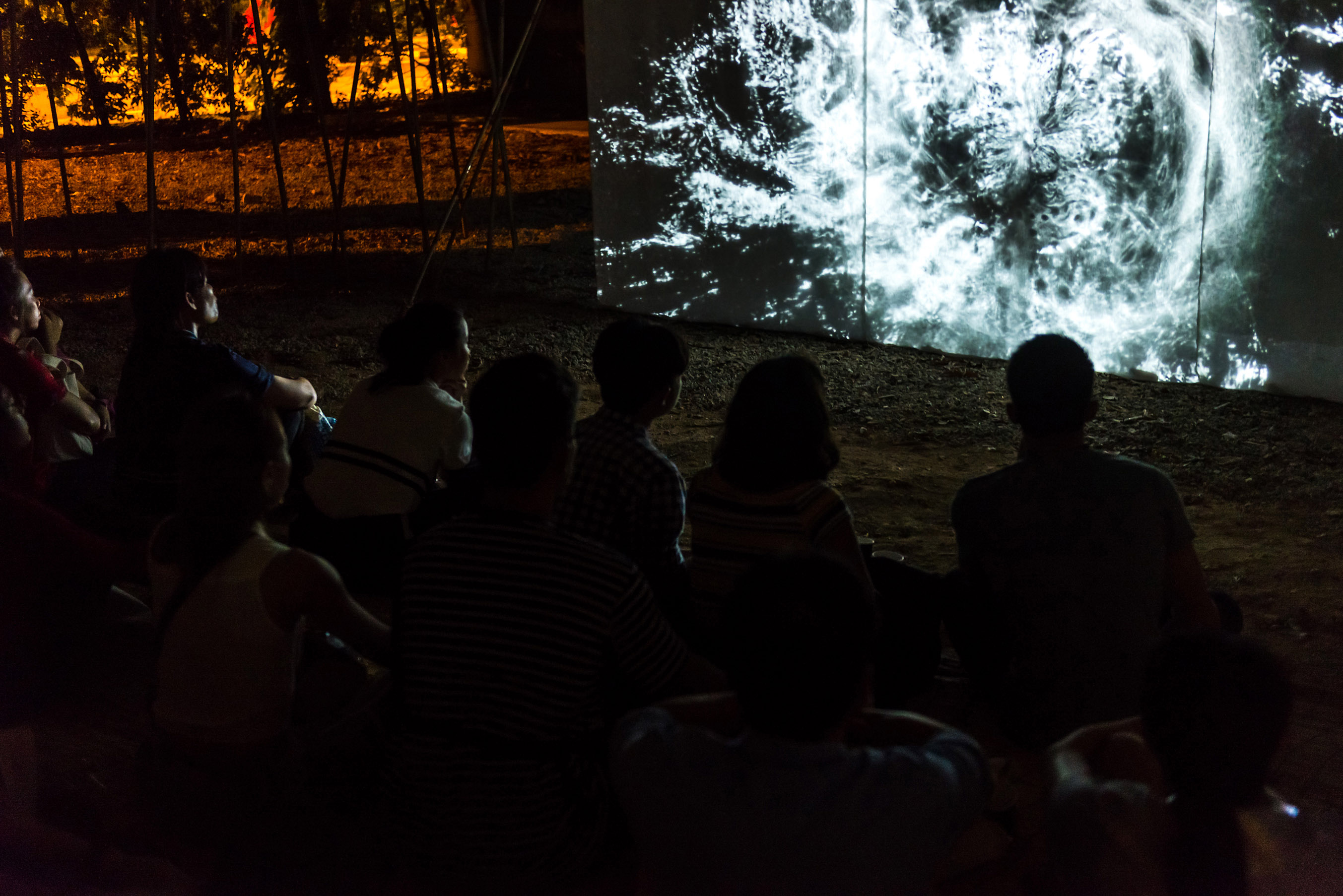
You mentioned your fascination with exploring anthropocentricity in your work. The Anthropocene is a topic that has garnered much attention in the art scene, and has been included as an area of research that is focused on as a subject matter, taking into consideration mankind’s awareness of the interconnectedness of our being with climates, environments and ecologies beyond ourselves. How do you think art as a vehicle can help viewers sharpen our gaze upon the Anthropocene, and to develop a deeper understanding of our complex relationships with the nonhuman?
There are a multitude of ways in which art can bring into focus new perspectives on this world, amidst crisis. For me, art as an alternative lens through which to reposition our gaze in the Anthropocene is best considered more broadly, in relation to the humanities and the sciences.
Critical discourse within the humanities is producing an abundance of ways to re-think and re-imagine what it means to be human, and indeed nonhuman, in our current geological epoch. Meanwhile, science and its methods provide us with a deep analysis of the current state of affairs with regards to, for example, the biosphere and what we must change in order to avoid digging our own planetary grave.
Currently, I tend to think through “flat ontology”; the former accesses and articulates the world primarily through language, where discourse is concerned, whilst the latter accesses the world’s material strata through measurement, data and analysis. Neither accesses the world fully, and in this space art comes into play, with its extralinguistic search for modes of reading, communication, poetics, aesthetics and affect in relation to the world.
It is perhaps the causal and future power of art that imbues it with its ability to radically shift our perspectives—its ability to set vibrations in motion within us, which in turn provoke potential change to manifest itself. However, for me, the catalyst for change emerges just as much from the affectual as it does the intellectual.
Here I would like to offer a small window into what sound can contribute during this time.
In some cases, the eye can tend towards separating subject from object—recreating the framework of Cartesian dualism, mind and matter, knower and known, and so on—whereas the engaged ear, I claim, contains the potential of a different relational quality between things, ontologically speaking.
For example, whilst listening to the soundscape intently, we are embedded within a sound environment, but also taking part in its creation through interpretation—with time, it becomes a deeply reflexive practise. Listening can shape our experiential reality in an embodied “vibrational” way, meaning that as we listen and “open up,” our sense of being can become porous; that which we are listening to becomes part of us, and vice versa. Let me illustrate with an example. Part of the field recording practise I developed during my time at Bukit Brown in 2013 was to try and be as quiet as possible, so as to minimise the risk of disturbing the creatures that lived there and so that I did not appear in my recordings. Usually, once I found a good vantage point for filming a creature, I often try and remain completely still, bar any micro-movements of my hand shifting the microphone. This act of self-silencing and stillness in combination with the process of listening intently to the thing I’m recording can produce a strange affect: as I draw my conscious attention away from my body and towards the sound, it feels as if I start to dissolve into the place through listening. Mediated by sound, my body drifts towards absence as the creature drifts towards presence.
Another way to express this would be to say the sense of my being as felt through my quietened body starts to withdraw, whilst the being of the creature I’m listening to starts to inhabit my body with increasing aural intensity.
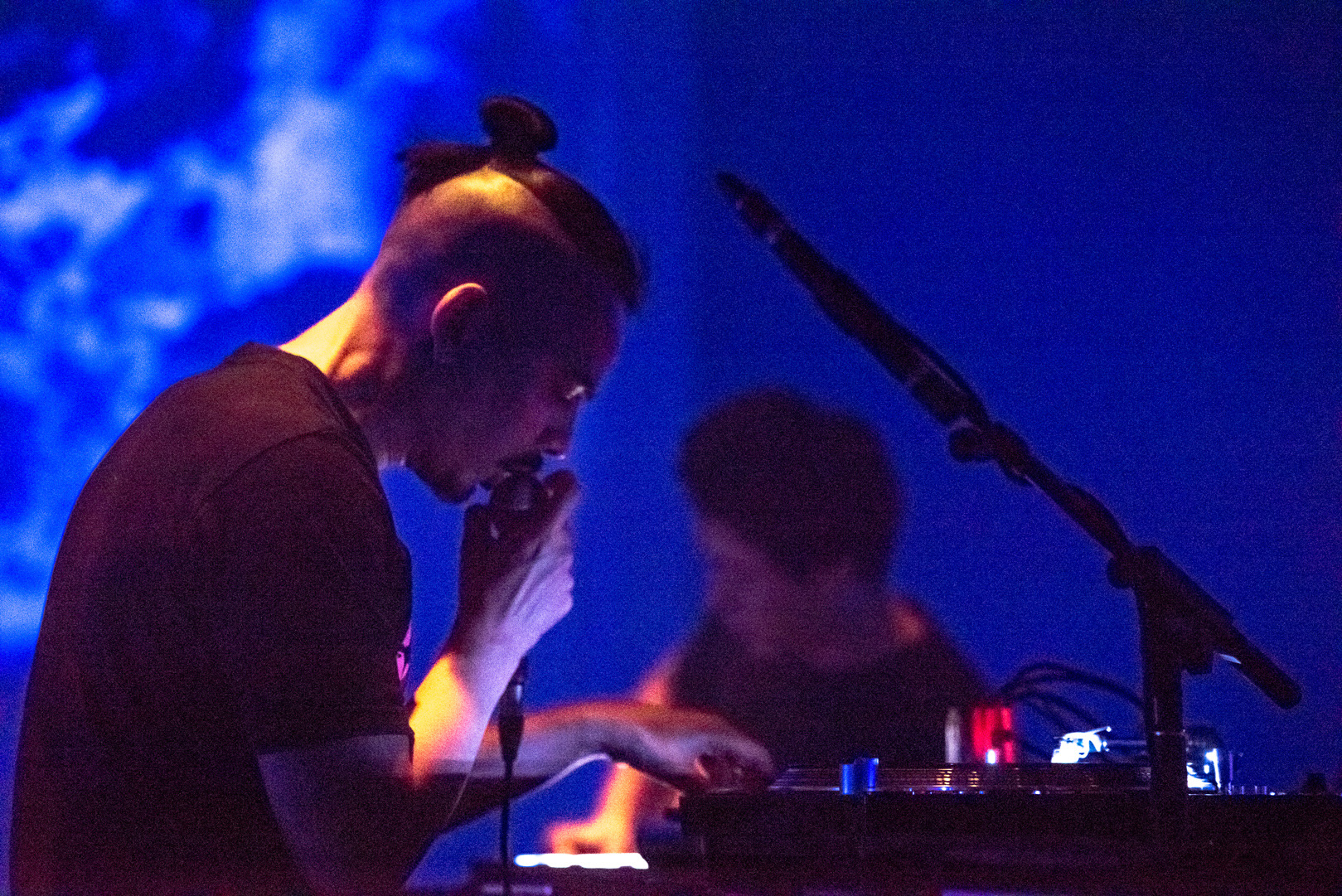
Another interesting point is that art serves as a bridge to communicate raw scientific data and research (in environmental studies and such) into a visually or aesthetically coherent manner that reaches a broader audience which science might not. What would the “translation” process of earthbound signals like sounds or vibrations into human perception be like? Since this process is one that is integral to deliver information, in order to establish new relations between humans and nonhumans.
Naturally, the translation of sound can take many forms and serve many purposes. In my work, I’m less interested in illustrating data or aestheticising environmental studies for the audience; though I have certainly been influenced by soundscape-based studies. Rather, my current motivation lies in using sound visualisation to map out ontological perspectives that may be useful in relation to the Anthropocene. For me, this necessarily includes valuing a process which engages the subjective, the abstract and the affectual, in combination with more analytical modes.
To give an example, my work Spectres (2017), was an evocation of a dystopian future where all the wildlife of Singapore has vanished. I conceived of the installation space as being haunted by the remnants of sounds that once inhabited this island. To create these sonorous ghosts, so to speak, I used my field recordings from various wildlife-rich locations under threat in Singapore to create spectrograms—that is, detailed “visual imprints” of sound frequencies and amplitude content over time.
These imprints were then transformed and distorted to embody different ideas about our current shifting relationship with nature. The visual forms within this work are imbued with a kind of phantasmagoric magnetism, further evoked by the otherworldly soundscape that accompanies them. Together, these elements sought to draw the audience into a visceral encounter with these entities and the spectre of extinction itself.
There is something to be said for the immaterial and the ambiguous where the translation of sound is concerned. For me, this comes down to acknowledging that the scientific method, whilst incredibly valuable, cannot make absolute claims to ontological truth, since the materialist picture of reality is seemingly incomplete and cannot account for the experience of being and consciousness itself, in my humble opinion. Within this gap, philosophy opens a metaphysical trap door below us, drawing us deeper into a speculative realm of experiential knowledge and affectual understanding. In containing the seed of the unknown, I view this philosophical formulation of the real as a space of possibility through which the creative imagination can gesture or allude to alternative futures, and germinate new potentialities for our very sense of being and our place in the wider cosmological scheme. This radical recomposition is something I think could be very useful to explore.
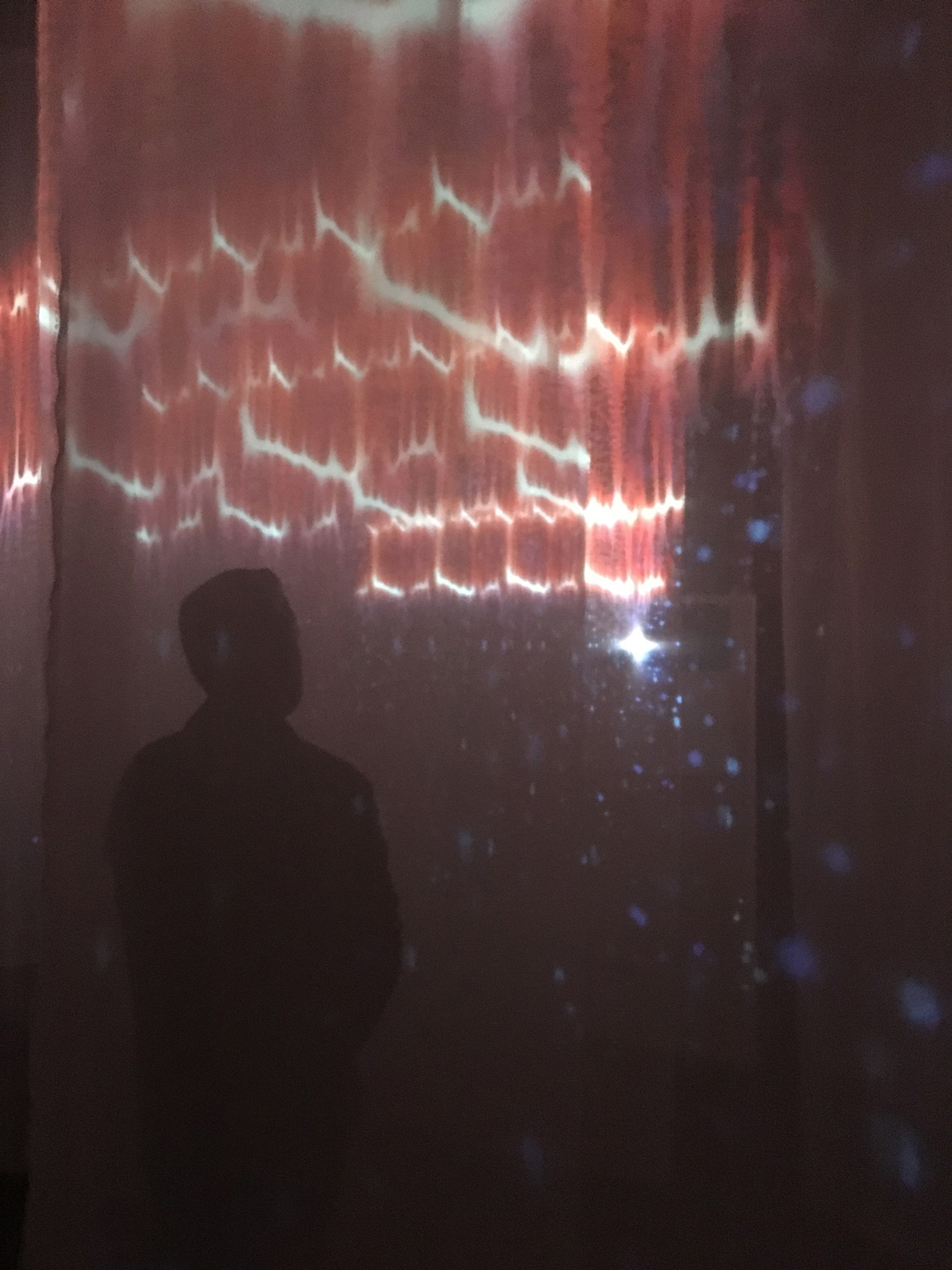
Building on this, and the concept of the Anthropocene, in some senses, doesn’t the ultimate agency in making meaning out of sounds/signals in your work lie within the human/viewer? Does this affect the way you think of or approach your work?
As mentioned before, whilst making my field recordings, I always try to be non-intrusive by remaining as quiet as possible. In doing so, I minimise the risk of disturbing the creatures I record, and thus increase the chance that the calls or songs produced are not in reaction to my presence. In other words, because they are not affected by me, we can think of the sounds they create as resulting purely from their own agency.
In some of my works, like Respect (Bukit Brown Cemetery I) (2013), I attempt to retain the agency of the nonhuman sounds by using a “light hand”; arranging my field recordings from the cemetery with very minimal editing and developing a compositional syntax stemming from what is already present in the foreground and background of each recording used. To phrase this another way, I let the material guide me as much as my own conceptual framework, so I feel its fair to claim that there is at the very least a sincere gesture on my part towards sharing agency.
Another example is Escape Velocity I (2018) in which I used a simple method of slowing down my recordings and layering them. Despite augmentation, the composition was built on the idea of retaining the core characteristics of each creature’s utterances, so the agency embedded in their articulations is still very much present.
Since some bird songs are incredibly dense and complexed, transposing their expressions into a more relatable temporal scale is one way to provide an opportunity for the human listener to tune in to the sensuous qualities of their voice with greater ease.
The reason I use the word “voice” here is because it connotes a kind of intimacy and iconicity; that is, it hints at a closer proximity and likeness. As I was composing this piece, uncanny feelings emerged. The melodious gliding pitch of the Magpie Robin at -15 semitones assumes a similarity to a person whistling, yet retains a somewhat ambiguous nonhuman character through its trills; the droning chorus of cicadas could almost be mistaken for throaty human chanting, albeit from an alternative dimension; whilst the resounding hollers of a macaque monkey at first may suggest a tortured human expression, until sharp and scratchy variations offset its familiarity. I share these stories of the ebb and flow of my perception as I worked with these sound-images to tease out this idea of “strange kin”: If we ditch the idea of nature as “other” and start to conceive of ourselves as part of a wider assemblage of life, then the gap between the human and the nonhuman will start to shrink.
In this case, exercising my human agency and keeping the human audience in mind when developing my approach to my nonhuman materials and subject, is a necessary means to an end—since the aim is to hold open more space for the listener to relate to these sounds, and the beings from which they emerged. Fleshing out a better ecological future necessarily has to acknowledge the multiple agencies and experiential realities within the world. However, bringing the nonhuman into closer relation to us seems to still require some human agency, at least in my estimation. The onus is on us to build a bridge across to them, rather than the other way around, and art can be one affective way of doing that.
